The MSI B450 Tomahawk Motherboard Review: More Missile Than Axe
by Gavin Bonshor on December 11, 2018 8:00 AM EST- Posted in
- Motherboards
- AMD
- MSI
- Zen
- AM4
- Ryzen
- Tomahawk
- Ryzen 2
- B450
- Entry Level
- MSI B450 Tomahawk
_678x452.jpg)
From the few second-generation AMD B450 and X470 motherboards we have tested, the majority have been refreshed models of pre-existing boards. Over time, the vendors have had the opportunity to make minor tweaks and upgrades to keep ahead of current technological advances and inevitable design choices. MSI has tried to tick both boxes with the new B450 Tomahawk which comes with an extended CPU heatsink, USB 3.1 Gen2 support and RGB LEDs.
The MSI B450 Tomahawk Overview
The MSI B450 Tomahawk is the successor to the popular B350 Tomahawk and offers users a slightly better feature set. This starts with including a pair USB 3.1 Gen2 ports, as well as customizable RGB LED lighting integrated into the board. The B450 Tomahawk is a gaming-themed motherboard and comes from MSI’s ‘Arsenal’ range of motherboards designed to offer users an affordable option with many of the features found on the more expensive models, but with some differentials to keep the overall cost down. This includes the pairing of decent quality and cost-effective Realtek controllers on audio side and the networking side.
One of the most beneficial performance aspects to consider this model over the previous Tomahawk is the increased official memory support. The B450 Tomahawk now has support DDR4-3466 with a maximum capacity of up to 64 GB across four available memory slots. Storage capability is better than expected from a B450 motherboard, with a total of six SATA ports capable of supporting RAID 0, 1 and 10 arrays. On top of this is a single PCIe 3.0 x4 and SATA capable M.2 slot with a maximum of up to M.2 22110 drives being supported. The single M.2 slot doesn’t share bandwidth with any other PCIe slot but populating the slot with a drive will however disable two of the six available SATA ports; specifically the two right-angled ports closest to the 24-pin motherboard ATX power input.
On the rear panel, MSI now includes a pair of USB 3.1 Gen2 ports, one Type-A and one Type-C. There is also two USB 3.1 Gen1 Type-A ports, and two USB 2.0 ports, with an option to increase the USB options by a further two and four respectively with internal headers. Video outputs from any integrated graphics can be made through a DVI-D port or an HDMI 1.4 port. A single PS/2 combo mouse and keyboard port is also present. The single LAN port is powered by a Realtek RTL8111H Gigabit networking controller and the six gold plated 3.5 mm audio jacks takes its direction from a middle of the road Realtek ALC892 HD audio codec. MSI has included a BIOS Flashback+ button on the rear panel for a quick and easy experience when updating the board's firmware.
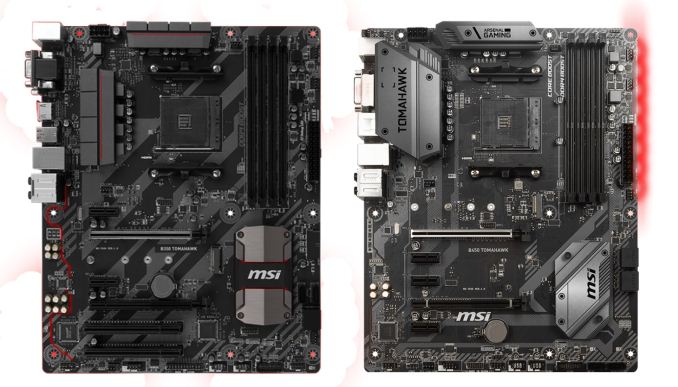
The MSI B350 Tomahawk (left) and MSI B450 Tomahawk (right)
One of the biggest visual differences between the B350 and B450 Tomahawk are the heatsinks and the PCIe implementation. The B450 Tomahawk has a total of five PCIe slots with one full-length PCIe 3.0 x16 slot with a coating of MSI’s Steel Armor slot protection, a full-length PCIe 2.0 x4 slot, and three PCIe 2.0 x1 slots which takes up most of the space on the bottom half of the board. The power delivery heatsinks have also been upgraded with the heatsink covering the MOSFETs and extending further over towards the rear IO. The newer heatsinks have a cleaner and futuristic look, but with a lighter grey finish. Other differences include the SATA port implementation.
When looking at the overall performance of the B450 Tomahawk, the most positive points to highlight come in the power consumption testing where the 2W idle power draw of the B450 chipset clearly plays a big part. Even at maximum load the B450 Tomahawk even manages to do well with one of the lowest maximum power draws seen from an AM4 board so far. The general performance throughout the compute and rest of the system based tests is around average for an entry-level option, which is more than acceptable for most systems. Unfortunately the less that impressive audio is a mark against the board.
The overclocking performance however was much better, with a solid 4+2 phase power delivery around the commonly used Richtek RT8894A PWM controller. This seems to have paid dividends for MSI, as the tight Vdroop control was favorable.
The MSI B450 Tomahawk has an MSRP of $110 which is a $20 increase over the release MSRP of the B350 Tomahawk. This cost can be attributed to the addition of RGB LEDs integrated into the board, as well as the inclusion of two USB 3.1 Gen2 ports. The B450 Tomahawk is widely available and can have a sale price of sub-$100 at Newegg, which makes it a lot more competitive in a currently crowded B450 motherboard market.


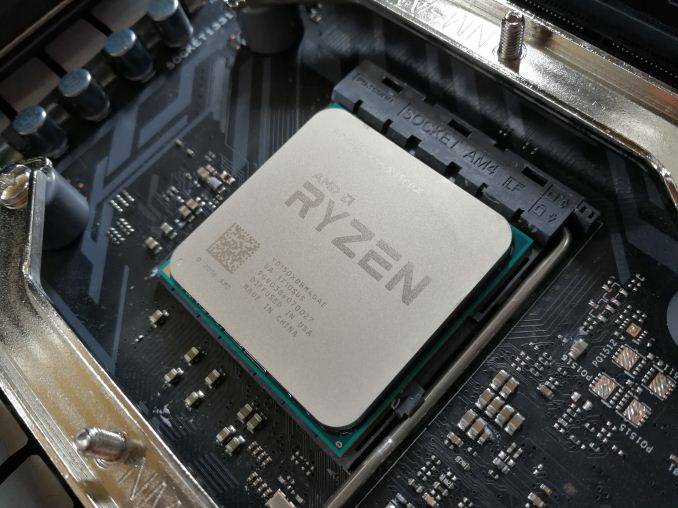

%20-%20Copya_678x452.jpg)
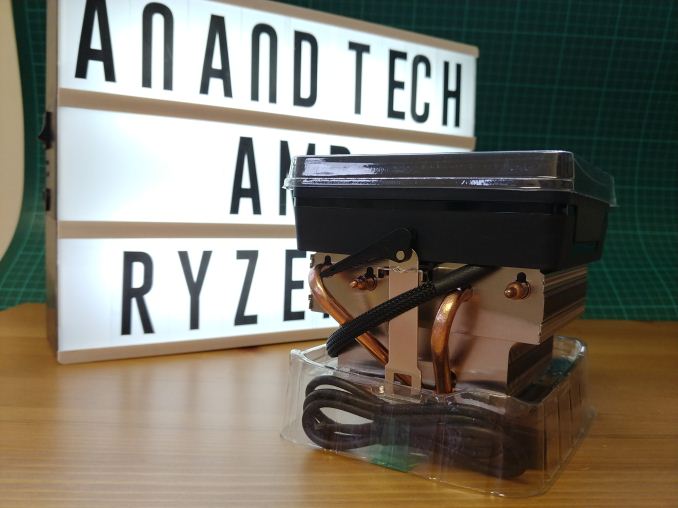
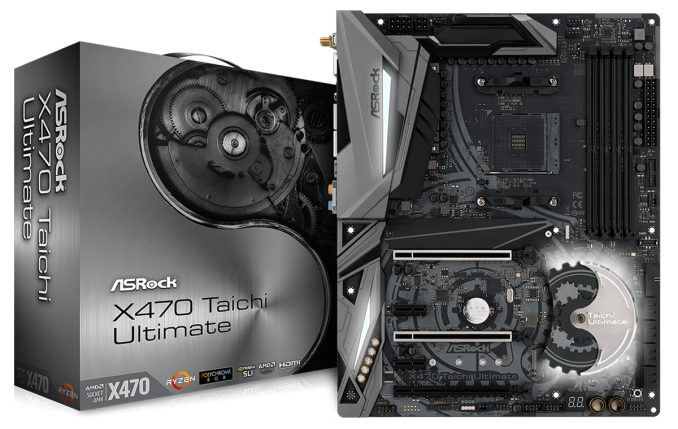
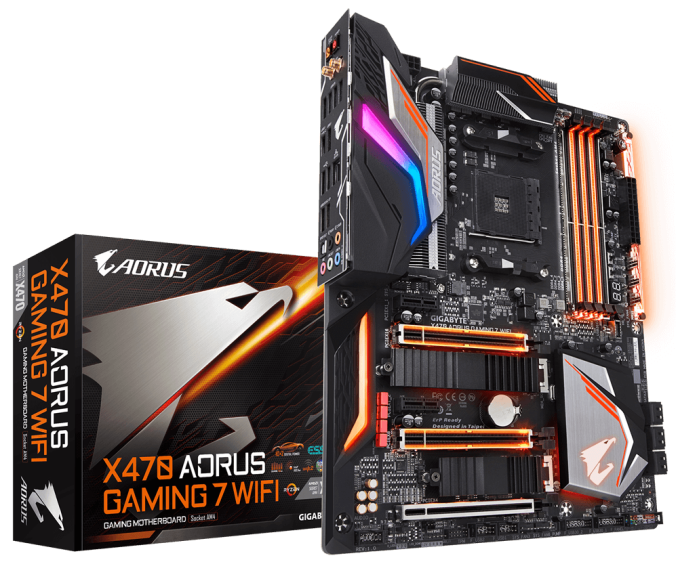
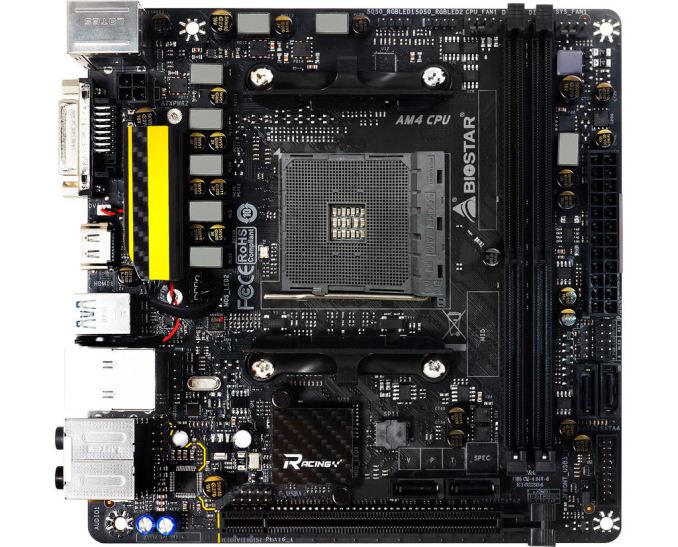
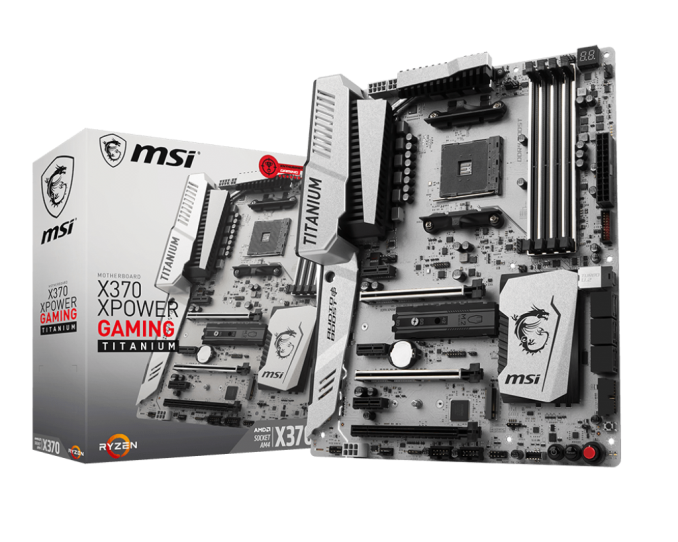
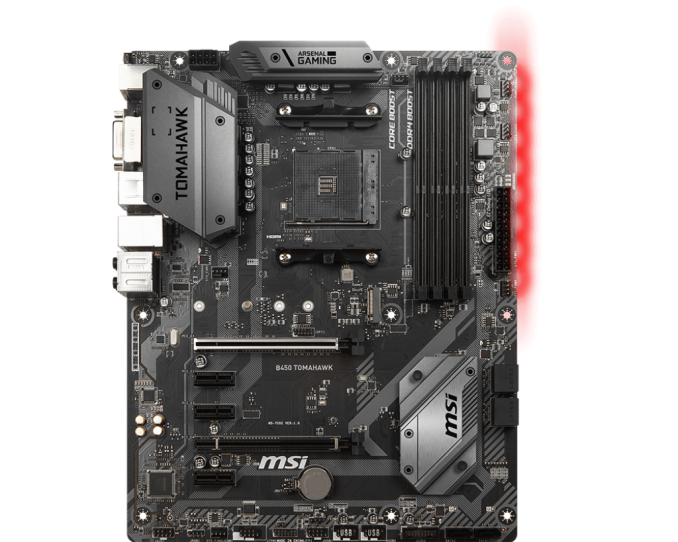









36 Comments
View All Comments
FoRealz - Tuesday, December 11, 2018 - link
I have two questions:1. Why are b/x/h 400 boards performing worse than their predecessors?
2. Why are ps/2 ports making a comeback?
I'm currently on an Asus z270 tuf mark 1 and my board has so much more than the newer tuf boards. (2 lans, etc) I'm really confused as to why boards have been going downhill nomatter Intel or AMD.
PeachNCream - Tuesday, December 11, 2018 - link
I don't understand PS/2 ports on new motherboards at this point. There aren't a lot of interface devices out there that have survived and I don't see indications that production of PS/2 keyboards and mice are still going. Legacy-free and/or using that IO cluster space for something else might be useful.The_Assimilator - Wednesday, December 12, 2018 - link
It's because of the eSports idiots who still believe that USB is inferior because it polls.gavbon - Wednesday, December 12, 2018 - link
That makes more sense - eSports, euuurgh!bananaforscale - Wednesday, December 12, 2018 - link
Well, it *is*, but you're not going to notice the difference. :P And if there's something at a higher priority than the USB driver, well...kn00tcn - Sunday, December 16, 2018 - link
that's just false, you just want an excuse to to act elitistthere is another anand article that explains why, figure it out if you're not an idiot
plonk420 - Friday, December 14, 2018 - link
it's OCing and gaming... USB sometimes has fits with certain types of OCing (BCLK, i think? i don't OC almost ever). also IIRC from a recent Carmack talk, PS/2 interrupts the OS to give its input, whereas USB input enters queues and buffers before being processedgavbon - Wednesday, December 12, 2018 - link
1. It could be driver/chipset driver related; we have also just had a change in our test suite/driver going forward for 2019.2. That's a hard one to answer. Budget boards tend to have them as well as overclocking focused motherboards more than premium models. It could be that they don't expect all budget users to have adopted USB yet? It's an interesting question though...
kn00tcn - Sunday, December 16, 2018 - link
if you're gavin, how did you forget ian's article for win7? https://www.anandtech.com/show/11182/how-to-get-ry...ps/2 is for win7, not budget
kn00tcn - Sunday, December 16, 2018 - link
'every' [citation needed] am4 mobo has ps/2, did you forget it supports win7? you cant even run the installation without usb drivers or ps/2 inputintel doesnt even provide win7 drivers, so nobody needs ps/2